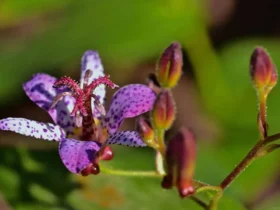In the sun-soaked landscapes of the Mediterranean and southwestern Europe, a delicate and enchanting wildflower graces the fields—the Mantisalca salmantica. With its slender stems, intricate flowers, and adaptability to diverse habitats, this wildflower has captured the attention of botanists, nature enthusiasts, and those who appreciate the understated beauty of the natural world. In this article, we explore the captivating world of Mantisalca salmantica, uncovering its appearance, characteristics, habitat, and its role as a hidden gem of Mediterranean flora.
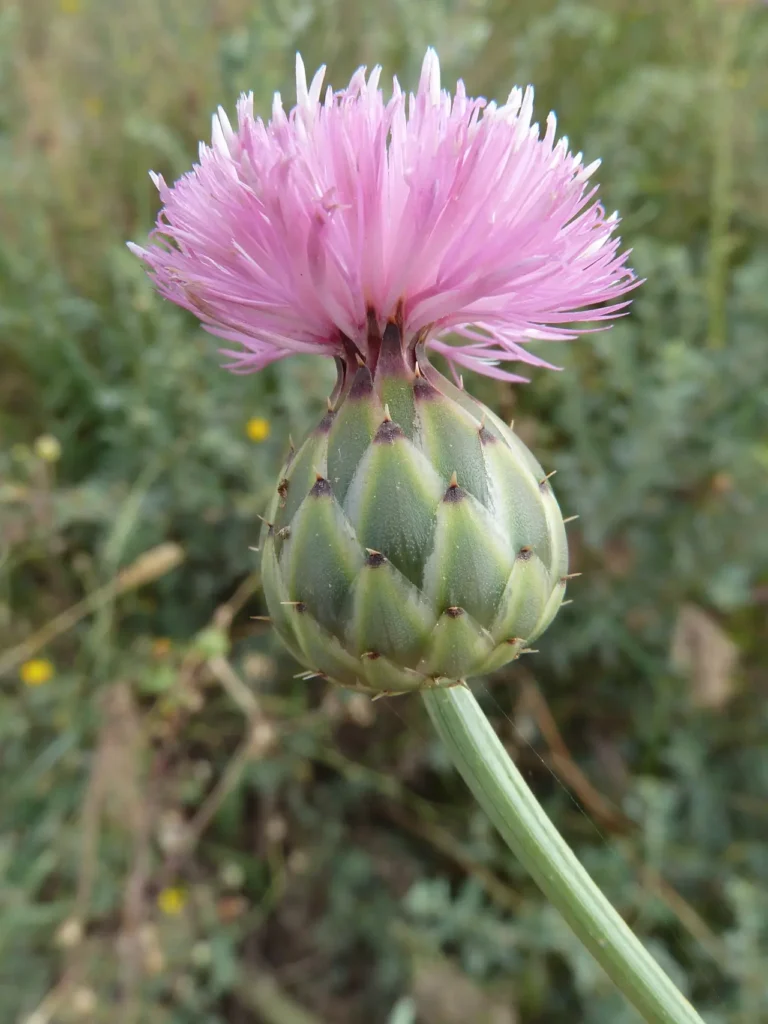
Appearance and Characteristics
Mantisalca salmantica, also known as Spanish Mantisalca, is a member of the Apiaceae family. It is characterized by its delicate yet intricate appearance. The plant features slender, branching stems that can reach heights of up to 1 meter (3.3 feet). Atop these stems, small clusters of tiny white flowers form umbels, creating a delicate and airy inflorescence. The flowers are often tinged with subtle pink hues, adding a touch of color to the landscape.
The leaves of Mantisalca salmantica are finely divided and exhibit a feathery appearance, contributing to the plant’s overall delicate aesthetic.
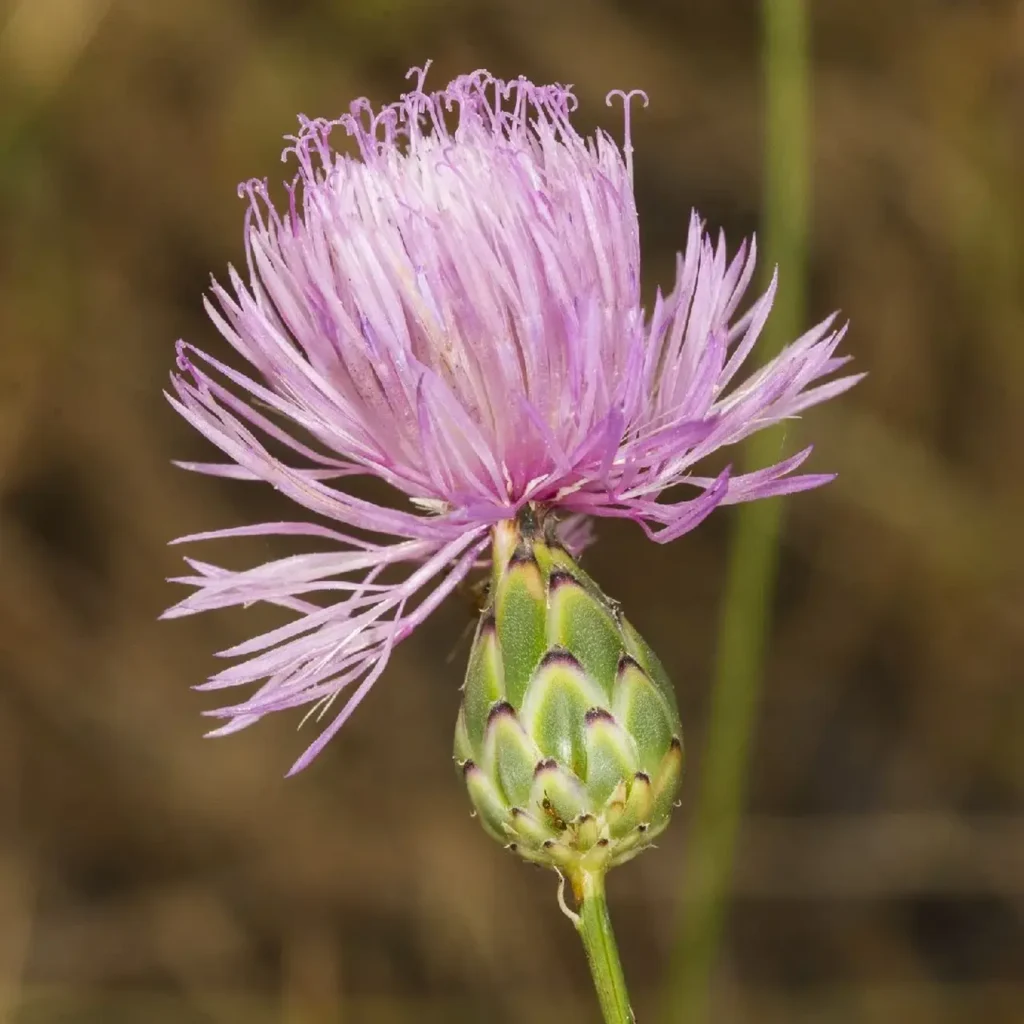
Habitat and Range
Spanish Mantisalca is native to the Mediterranean region, particularly southwestern Europe. It can be found in a variety of habitats, from dry and rocky areas to grasslands and even disturbed sites. Its adaptability to diverse environments is a testament to its resilience and ability to thrive even in less hospitable conditions.
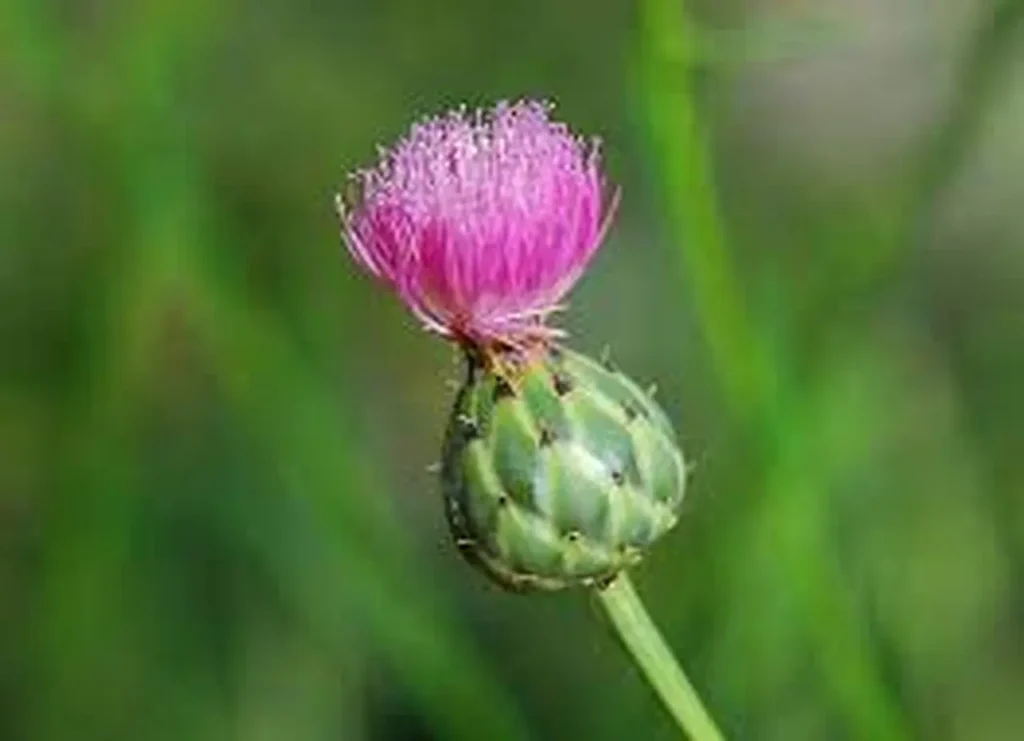
Flowering Season and Pollination
Mantisalca salmantica typically blooms from late spring to early summer, gracing the landscape with its delicate flowers during this period. Its flowers serve as a valuable nectar source for pollinators, including bees and other insects. By attracting pollinators, Spanish Mantisalca contributes to the health and biodiversity of its ecosystems.
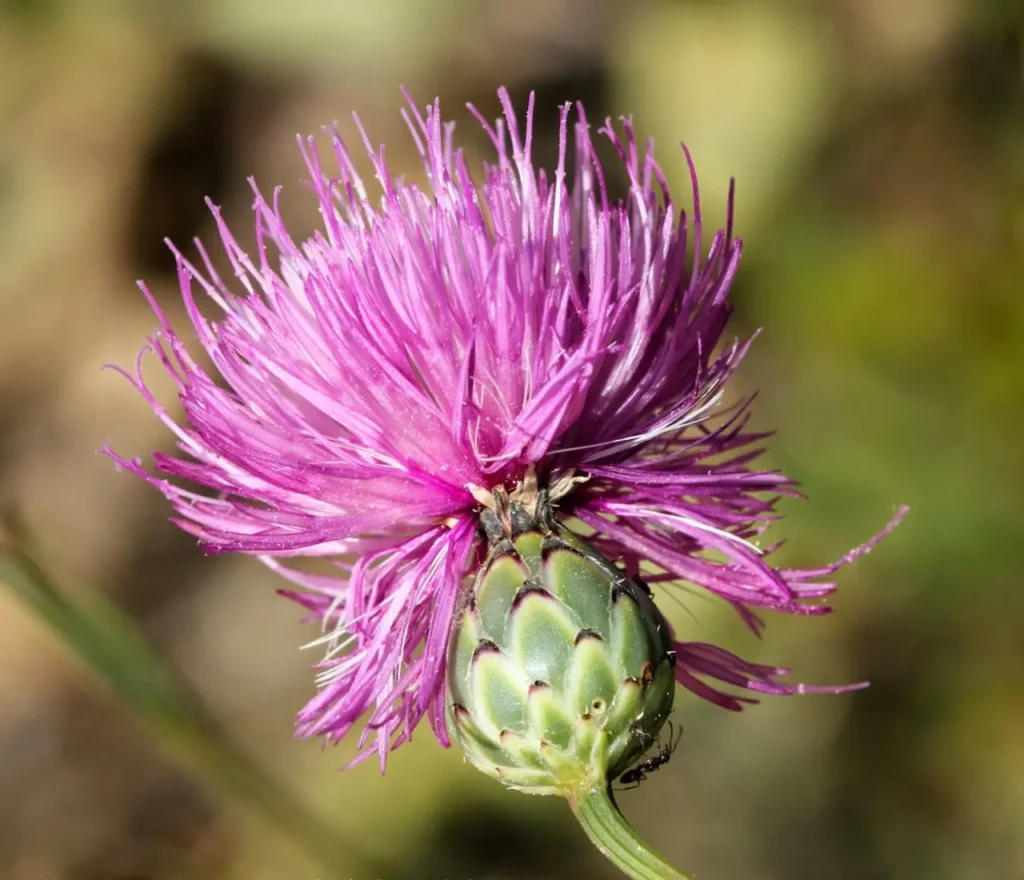
Cultural Significance and Uses
While Mantisalca salmantica may not be as well-known as some other wildflowers, it holds cultural significance and ecological value. It plays a role in supporting local pollinator populations and adds to the beauty of natural landscapes. As with many wildflowers, Spanish Mantisalca serves as a reminder of the intricate interplay between plants, insects, and the environment.
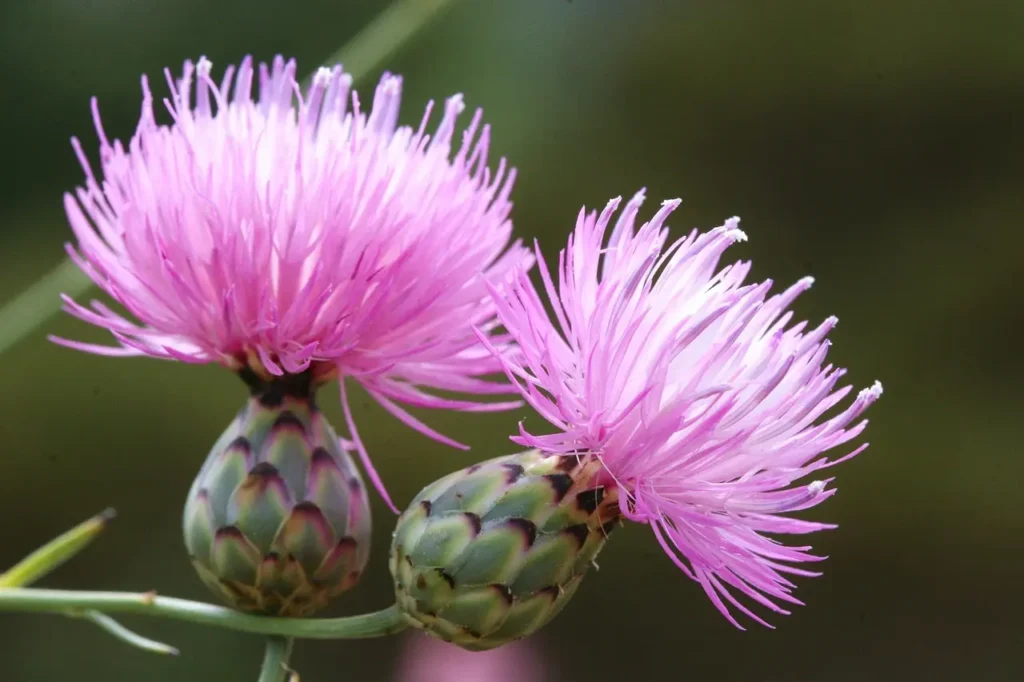
Conservation and Protection
While Spanish Mantisalca is not considered endangered, its preservation is important to maintain the biodiversity of Mediterranean habitats. Conservation efforts that prioritize the protection of natural landscapes and the habitats of native wildflowers contribute to the overall health of these ecosystems.
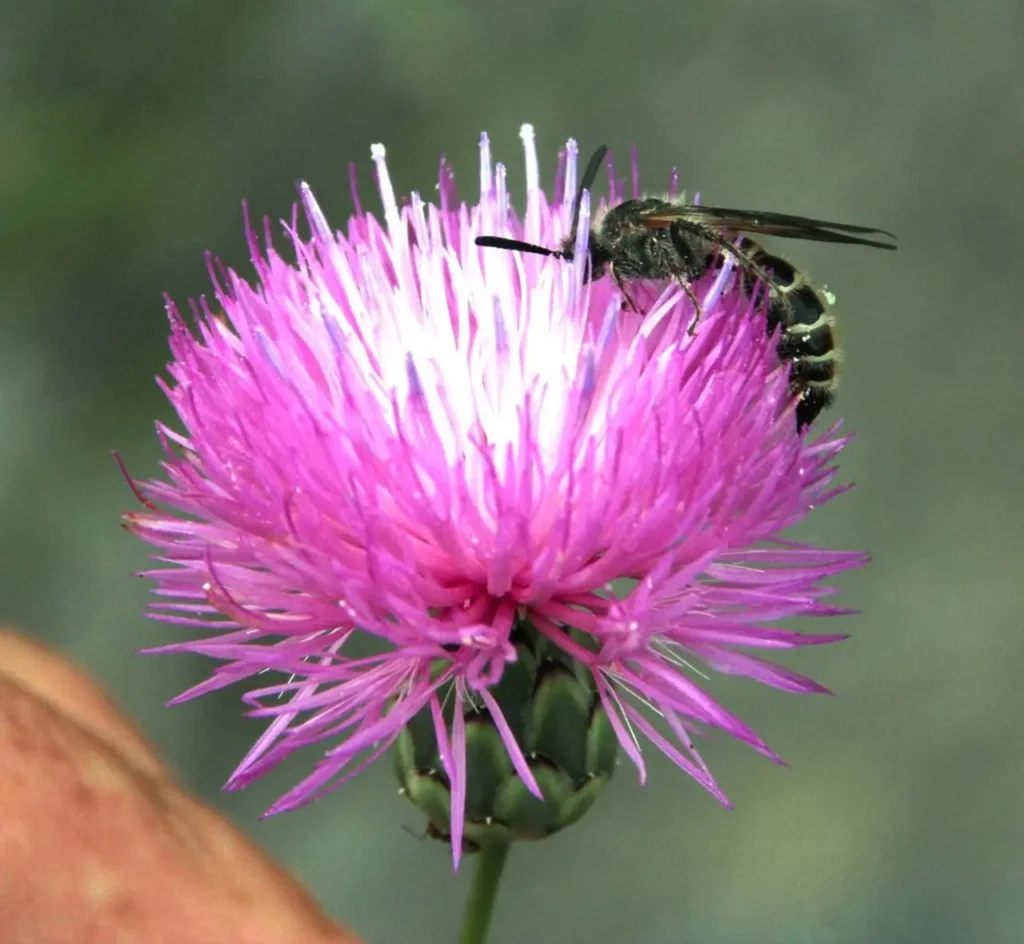
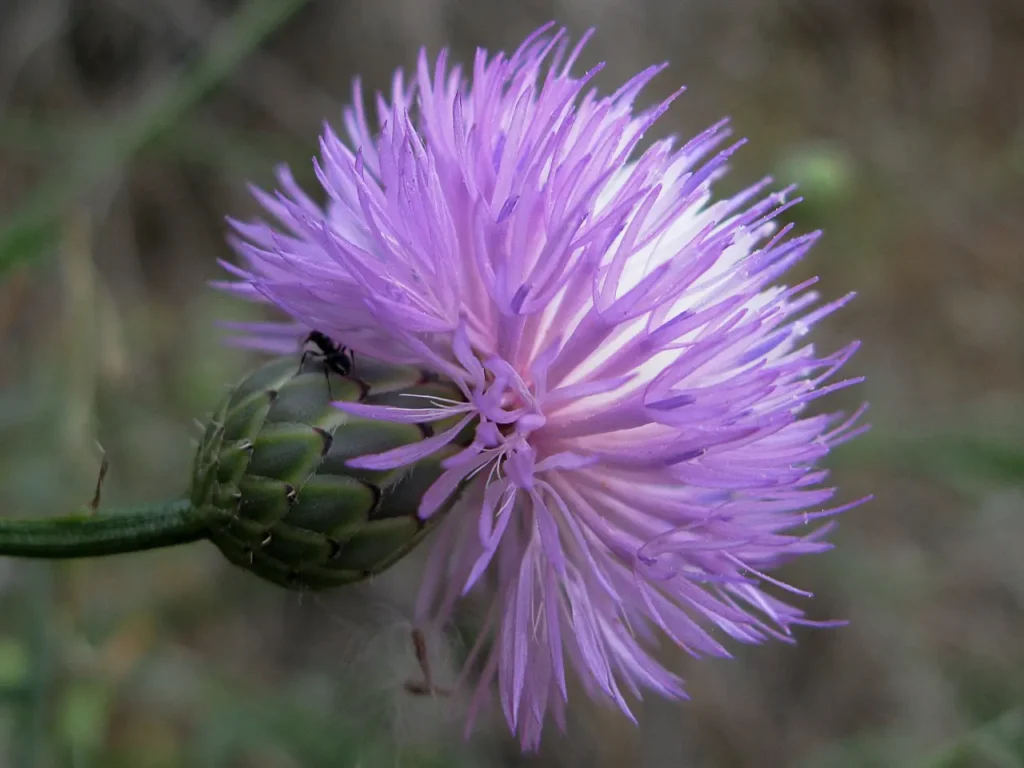
Mantisalca salmantica, the Spanish Mantisalca, may be a lesser-known wildflower, but its delicate beauty and contribution to ecosystems make it a hidden gem worth celebrating. Its slender stems, intricate flowers, and adaptability to various habitats remind us of the remarkable diversity of plant life that graces the Mediterranean and southwestern Europe. By appreciating and protecting wildflowers like Mantisalca salmantica, we participate in the conservation of the natural world’s intricate tapestry and ensure that their beauty continues to enrich our surroundings for generations to come.
